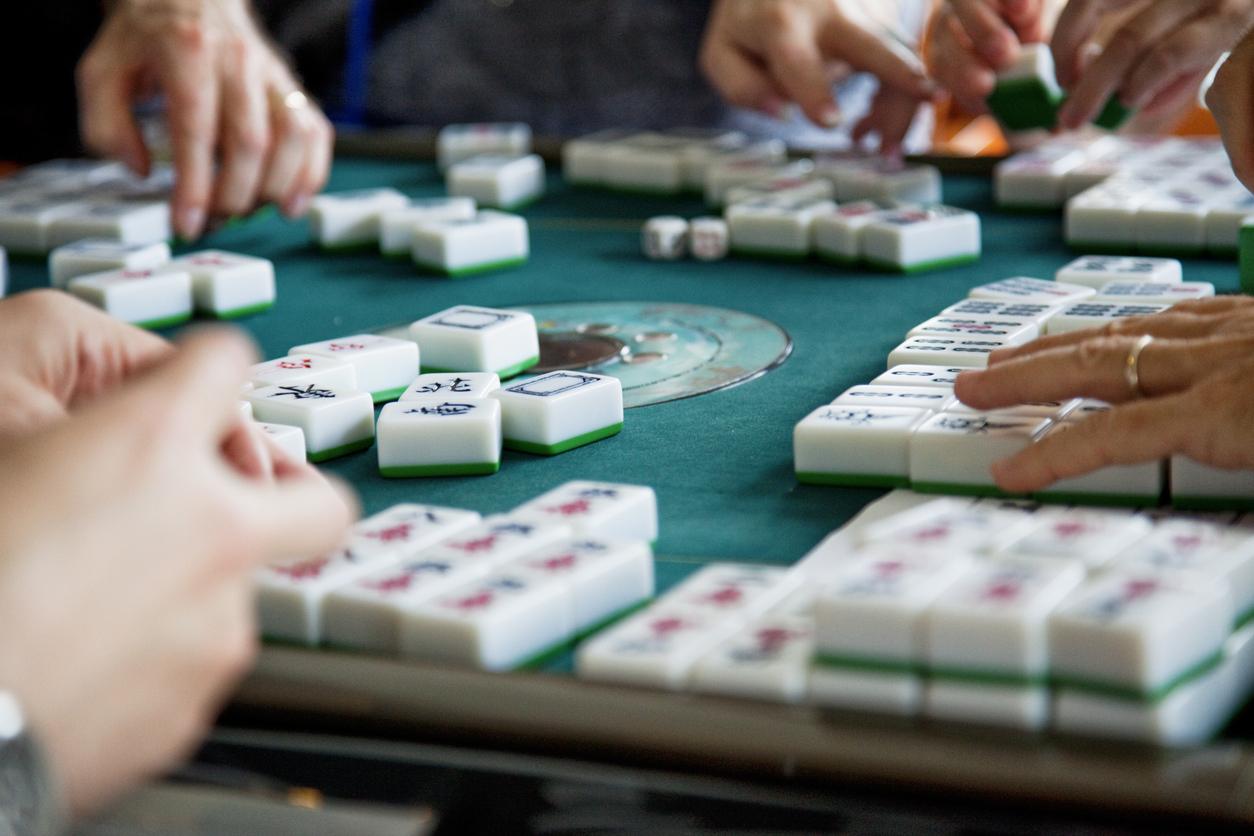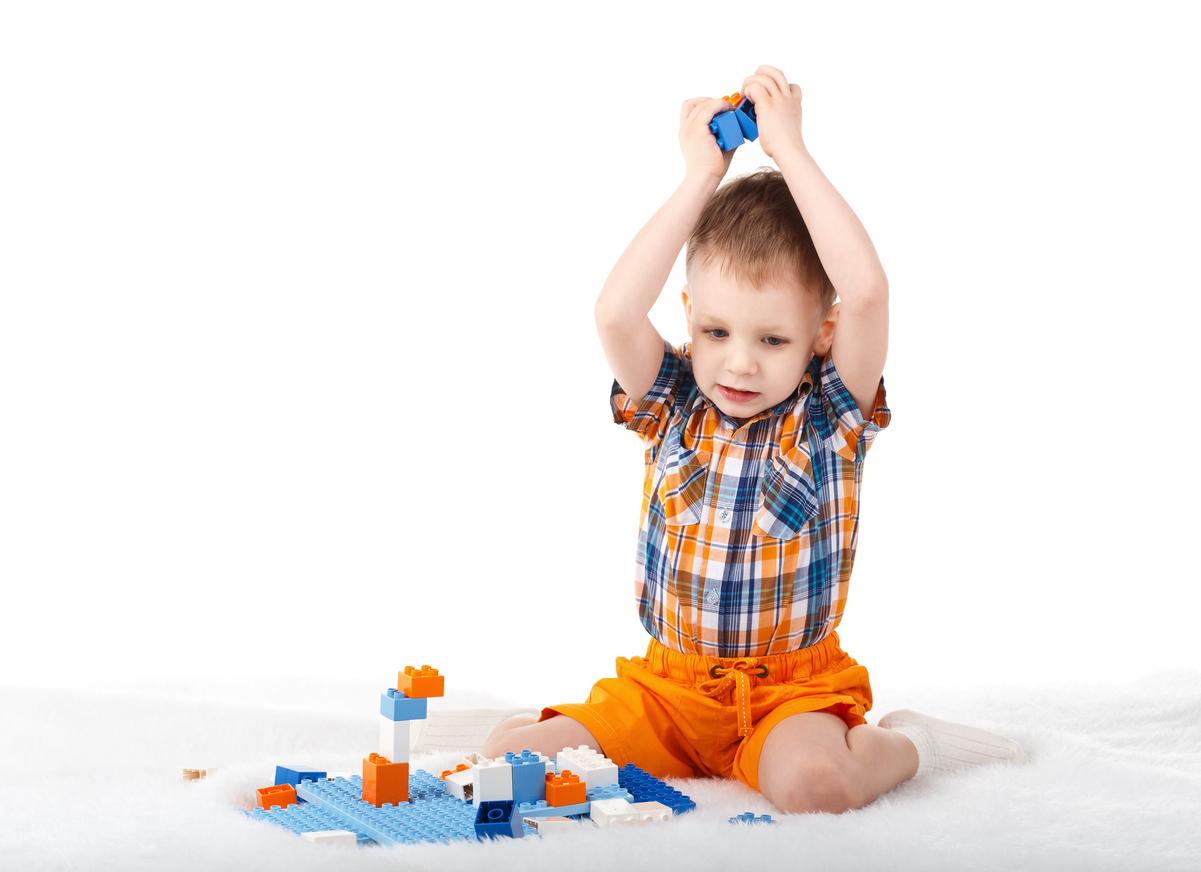
September 8, 2016.
The Paralympic Games will run until September 18 in Brazil. Twenty-four different disciplines are present, with no less than 4,350 athletes.
Lightweight prostheses
Scientific progress has not stopped, especially for orthopedic prostheses. They are made of flexible and lightweight materials, such as titanium or carbon fiber. Obviously, each must be adapted to the morphology of its user.
We were able to verify the effectiveness of these technologies with Oscar Pistorius. He had surprised everyone by qualifying for the semi-finals of the 400 meters at the London Olympics, in the middle of able-bodied competitors.
At the Beijing Olympic Games in 2008, the International Athletics Federation had also ruled that the wearing of certain prostheses disadvantaged able-bodied athletes compared to the disabled. Shortly after, this decision was overturned by the Court of Arbitration for Sport.
A return of energy for the athlete
Among the most efficient prostheses, there is the Flex-Foot. It is also called more simply: lame. This artificial foot was invented several decades ago, since then it has been developed. Today, this prosthesis is made of carbon fibers impregnated with epoxy resin. This combination brings a return of energy to its wearer.
For athletes with higher amputees, the Total Knee “was invented. It acts as a knee and can be combined with the Flex-Foot. The prosthesis is very complex. It is fitted with a hydraulic depressurization system and several integrated computers. All this makes it possible to adapt to the way of walking …
Prostheses only for sport
After analysis, it is impossible to really know if the use of blades favors disabled athletes. But with the hydraulic knee combined with the blades, that’s for sure.
These sports prostheses can only be used for a few hours a day, as they have been designed for performance and not for the comfort of everyday use.
You may also like: Paralympic Games: some athletes self-injure to boost their performance















